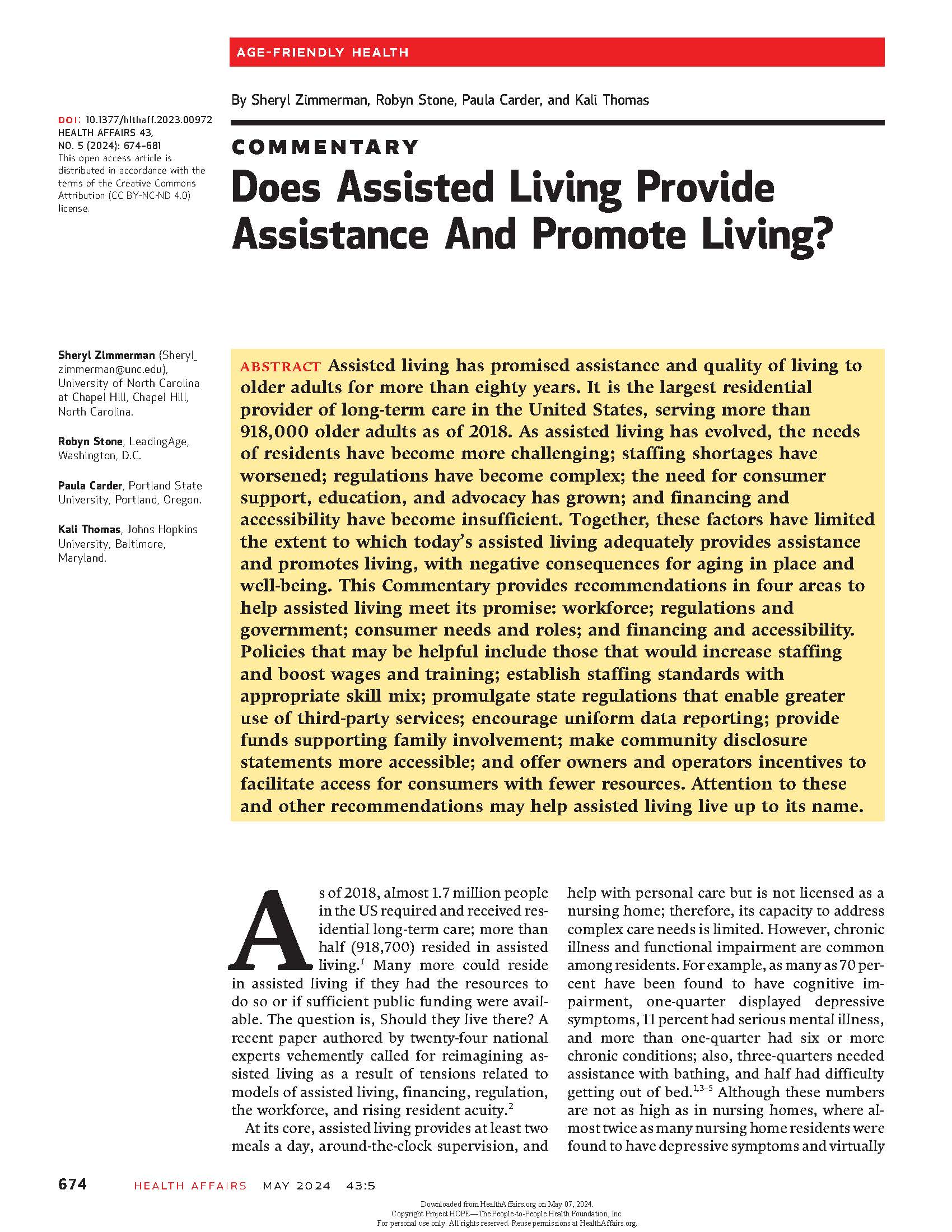Background
Ageing populations and care workforce shortages across Europe are causing challenges for care services for older people. Therefore, it is paramount that limited care resources are allocated optimally, based on the clients’ care needs. Multiple functioning-related factors have been identified that determine the amount of care time clients receive, while organizational and other factors remain largely unexplored. The aim was to examine how various individual and organizational factors are associated with clients’ received care time in different care settings.
Methods
Cross-sectional observational study design with data from time and motion study, registers, and surveys was used. In total, 1477 home care clients and 1538 residents from assisted living facilities with 24/7 service participated, from 61 Finnish care units. Linear mixed-effect modeling was used to examine the association between individual and organizational-level variables and received care time.
Results
Physical functioning was the strongest predictor of received care time in both care settings. In home care, greater pain, more unstable health, and higher team autonomy were associated with increased care time. In assisted living, depressive mood and higher staffing level of the organization were associated with care time. Clients who received informal care also received significantly more care time from nurses in both care settings.
Conclusions
Physical functioning was the main driver of received care time. Interventions that maintain or improve physical functioning can help restrain the growing need of care resources, although it is important to ensure that each client receives care according to their holistic care needs.

Center for Excellence in Assisted Living CEAL@UNC
Advancing the well-being of the people who live and work in assisted living through research, practice, and policy.

